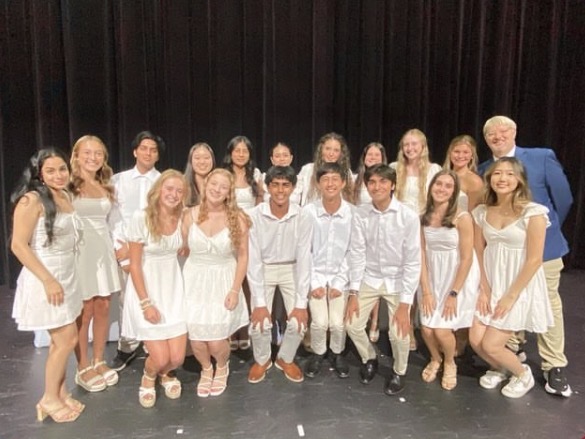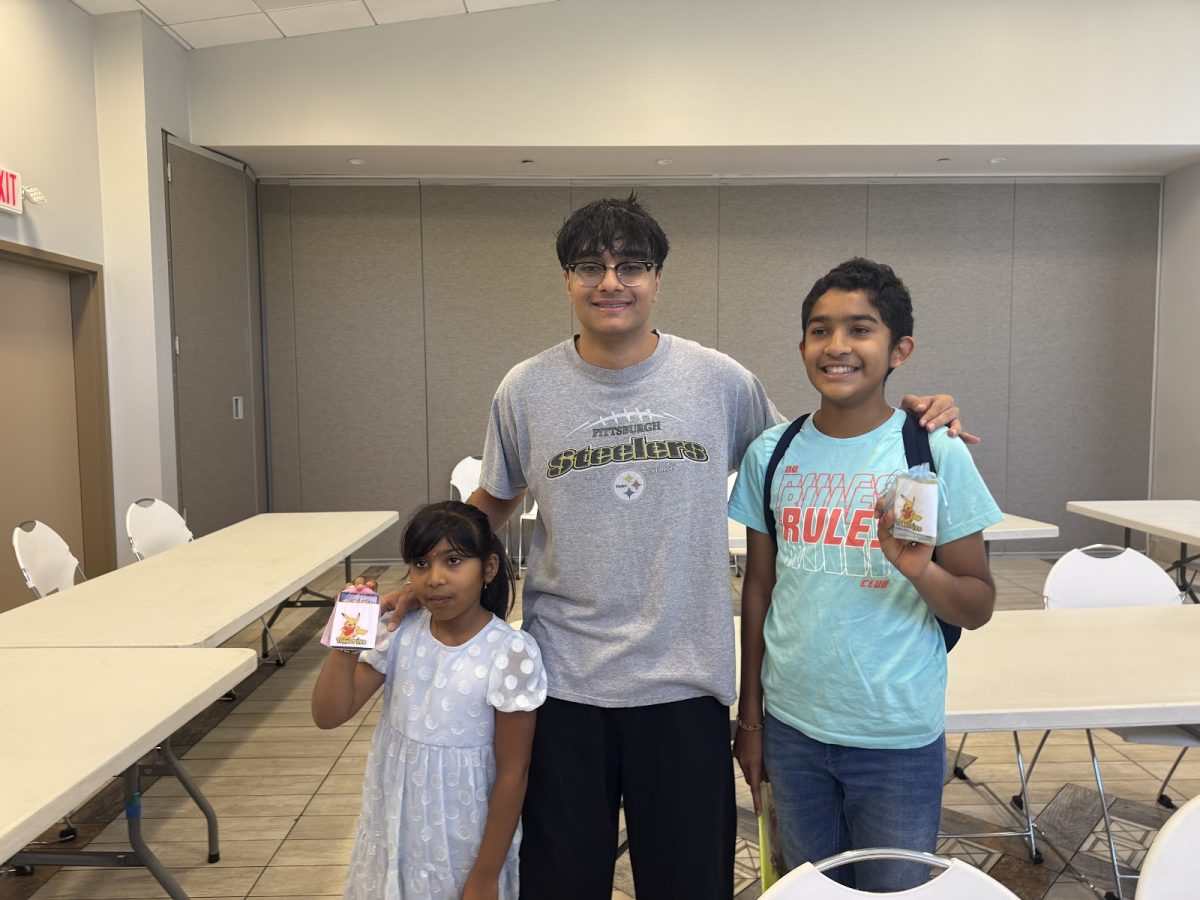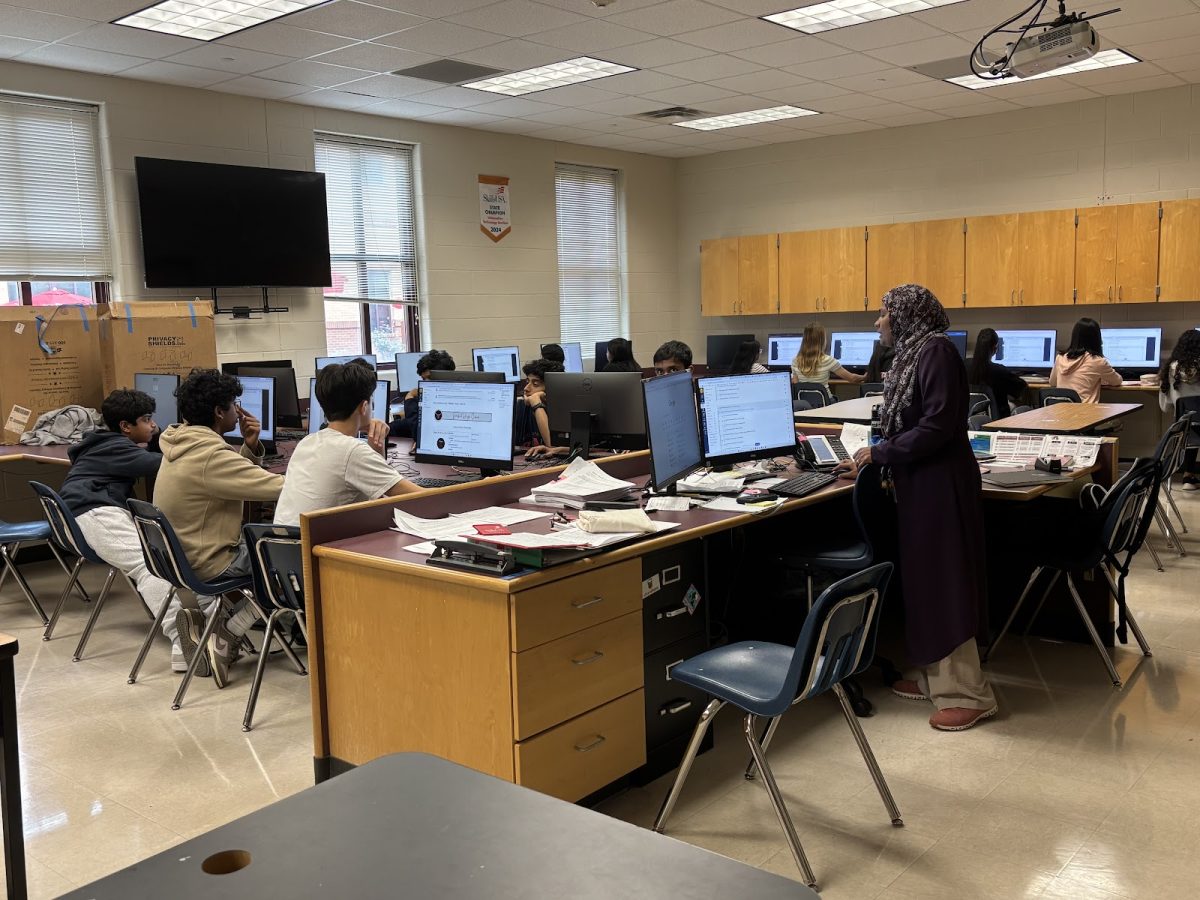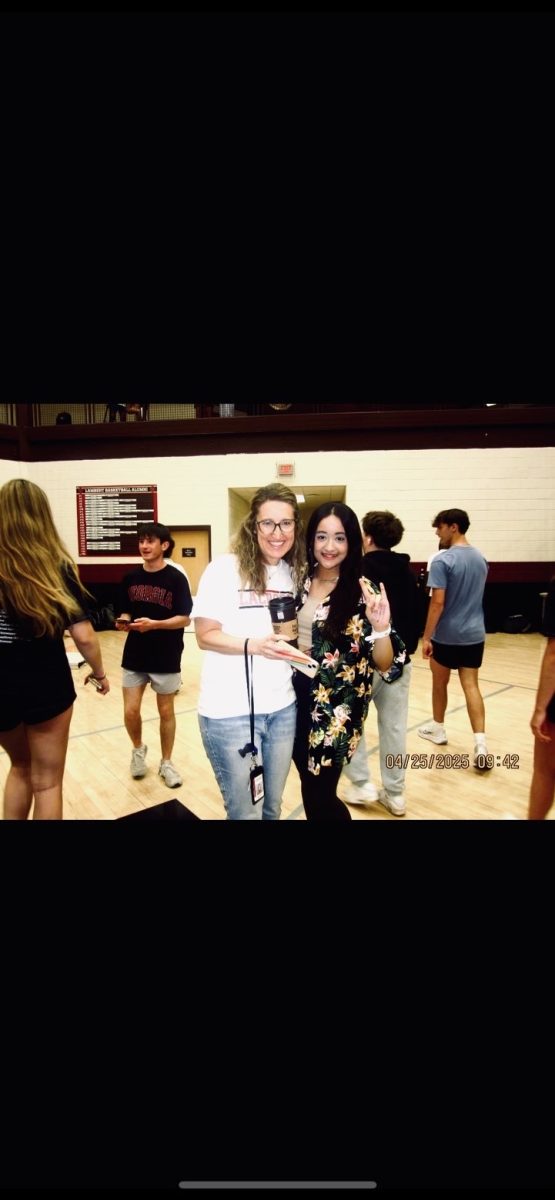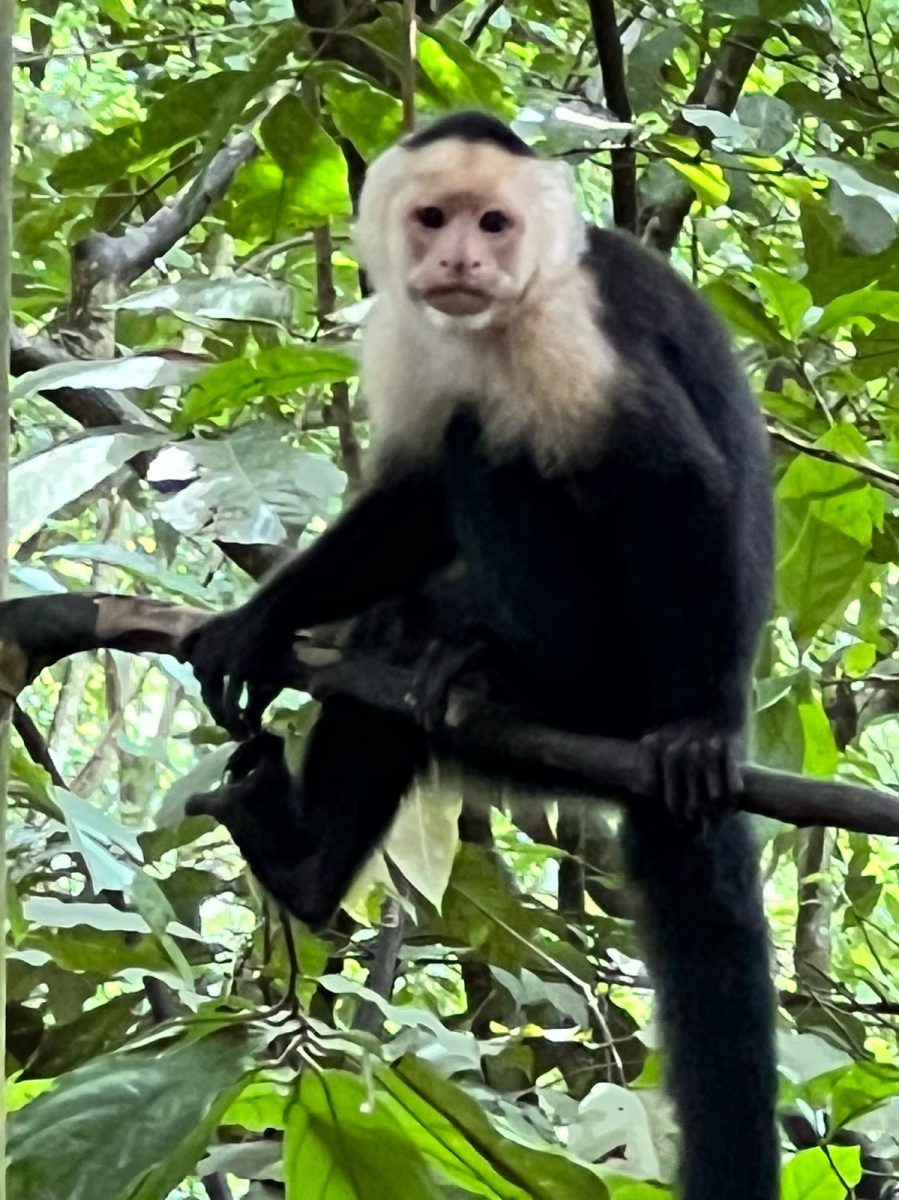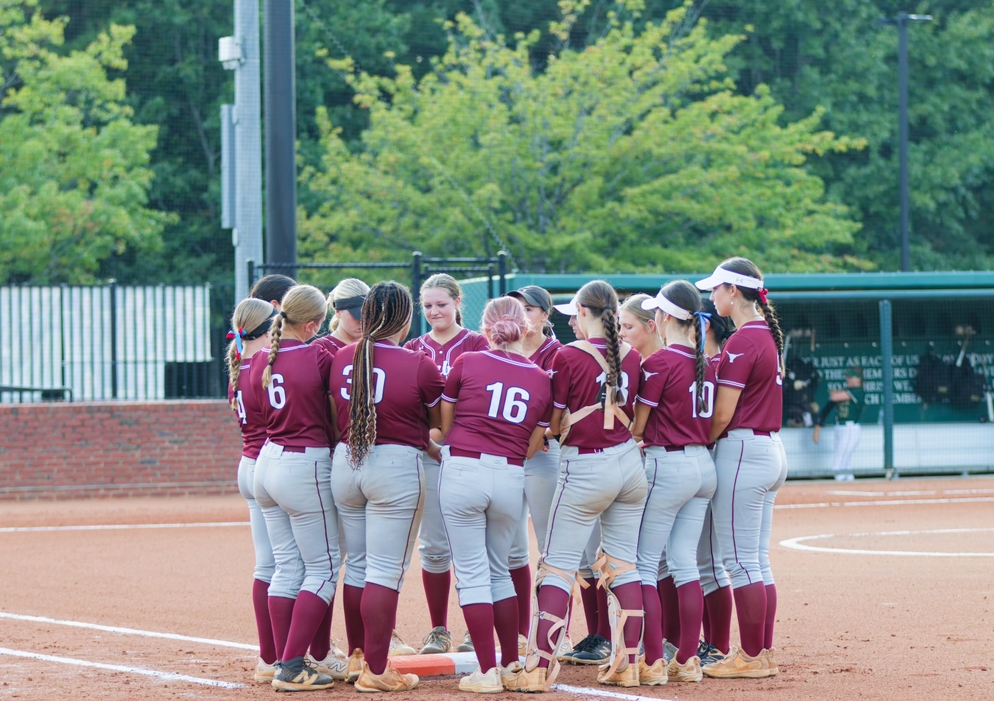“Three, two, one!”
Cheers erupted around me, but for a second, all I could hear was my heartbeat. A deep boom rumbled across the vast Texas desert as a black object shot up into the sky. Behind it was one of the most beautiful sights I’ve ever seen, a bright white plume against the backdrop of a rising sun. As the New Shepard-31 (NS-31) rocket launched into space, I realized this was not just a launch. It was hope, ambition and everything women in science, technology, engineering and math (STEM) have ever dared to believe.
On April 14, 2025, Blue Origin, Jeff Bezos’s space technology company, launched an unprecedented mission: the first all- female flight crew since Valentina Tereshkova’s solo spaceflight in 1963. Blue Origin’s 11th human flight, NS-31, carried six inspiring women, trailblazers in their respective fields.The crew was made up of former NASA rocket scientist and entrepreneur Aisha Bowe, bioastronautics research scientist and civil rights activist Amanda Nguyễn, award-winning journalist Gayle King, global pop sensation Katy Perry, film producer Kerianne Flynn and journalist and aviation entrepreneur Lauren Sanchez. Together, they soared past the Kármán line, the line that formally marks the boundary of space, and cemented their spots in history.
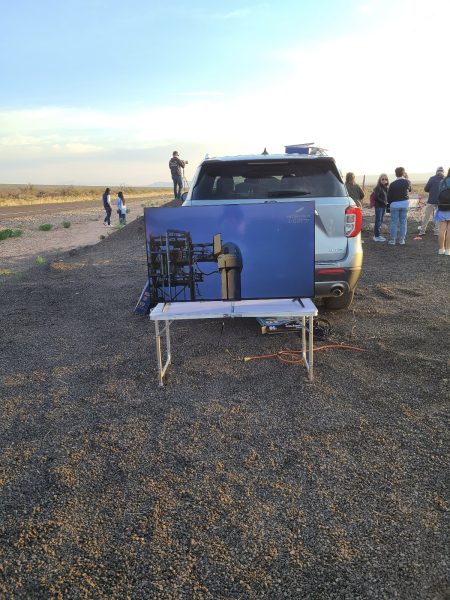
(Naina Agrawal)
I had the rare privilege of witnessing this launch in person, surrounded by some of the most visionary minds in the country. And in that moment—beneath a rising sun, with a trail of fire stretching into the heavens—I didn’t just see a rocket take off. I saw possibility.
According to Space4Women, a United Nations Office for Outer Space Affairs (UNOOSA) project, only 11% of astronauts have been women and only about 20% of the aerospace industry is female. The aerospace industry was never meant to accommodate women. In fact, early medical research suggested women might be better suited for spaceflight because of their smaller body size and higher tolerance for stress. Still, they were excluded. Women were faced with continuous prejudice, backlash and scrutiny. While NASA sent men into space throughout the 1960s, it was not until 1983 that the first American woman, Sally Ride, launched into orbit. For decades, women in aerospace faced institutional barriers, public skepticism and outright discrimination.
Much of the discrimination came from those at the top of the field. Scientists, doctors and other astronauts wrote off women as secondary.
“The men go off and fight the wars and fly the airplanes and come back and help design and build and test them,” John Glenn, the first American to orbit Earth, said at a 1962 congressional hearing on gender inequality at NASA, “The fact that women are not in this field is a fact of our social order.”
For women during the early 1960s and 70s to even consider going into aerospace, it took a lot of courage. Everything women in this field did was questioned, critiqued and ridiculed. They were given every reason not to pursue space exploration, from outdated assumptions about menstruation to concerns about family life. But what struck me most was how NASA, often unintentionally, physically restricted women from fully participating.
At a pre-launch event the night before the liftoff, I had the opportunity to speak to Dr. Cady Coleman, retired NASA astronaut and chemist. She mentioned how during the 1990s and early 2000s, NASA had cut the small and extra-small sizes of their spacesuits to cut costs, disproportionately affecting women. Coleman had to qualify for a medium sized spacesuit that was too large for her frame to be able to take flight. She did just that. Though the suit was bulky, she was able to learn how to maneuver it and master the ill-fitting equipment.
But, that is part of why the NS-31 mission was so important. Everything, including the suits, were created keeping women in mind. Lauren Sánchez, one of the six crew members, called on fashion designers Fernando Garcia and Laura Kim to reimagine the traditional flight suit. They created cobalt blue, flame-resistant jumpsuits that were tailored specifically for the female body but still were functional and safe.
However, the pinnacle of this mission was not the gear but the women who wore it.
One of those women was Amanda Nguyễn. Nguyễn, the daughter of Vietnamese Boat Refugees, had always wanted to go to space. She got a degree in Astrophysics from Harvard and worked at NASA on major missions like Kepler and the final space shuttle. After surviving sexual assault in college, she put her dreams on hold to write and promote legislation to protect and empower survivors. But, the Blue Origin mission gave her the opportunity to return to those dreams and in that process uplift thousands of women through science and advocacy.
Nguyễn conducted two microgravity experiments during the mission. One, in partnership with the Vietnamese National Space Center and the Philippine Space Agency, examined how spaceflight impacts fluid absorption in bamboo-based sanitary products, a call back to how menstruation often limited women in space exploration. The second focused on Southeast Asian brassica rapa seeds, studying how microgravity affects plant biology and pathology. Nguyễn’s flight also marked the 50th anniversary since the end of the Vietnam War and as the first Southeast Asian woman in space, her presence represented reconciliation and hope.
Similarly, Aisha Bowe’s role in the mission was nothing short of inspirational. Former rocket scientist and founder of two STEM education companies, Bowe is only the sixth Black Woman in history to cross the Kármán line. She was also the first Bahamian in space, marking a huge accomplishment for the nation. Furthermore, in partnership with Winston-Salem State University’s Astrobotany Lab, Bowe carried out the first-ever suborbital space experiment conducted by a Historically Black College and University (HBCU), exploring how crop plants respond to microgravity at the genetic level.
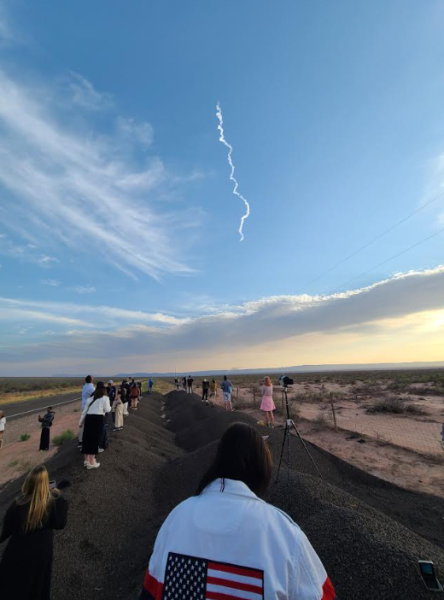
Standing there with so many people from different walks of life and watching that rocket go up, I could see the awe and wonder that everyone felt, whether they had a background in science or not. It is rather embarrassing to say, but I remember tearing up in those moments, reflecting on the journeys these women took to get to this point. I can only imagine what it must have been like to fulfill a lifelong dream and look down at the Earth like that. As the rocket came back down, a gasp left me as two little girls walked by me, both hardly five years old and dressed as the astronauts who had just gone up, with matching cobalt blue suits and patches. They cheered happily as the ladies came out of the shuttle, and I can not help but think that this is what this mission aimed to do, inspire the next generation of women to take up space, even in places that they were once barred from entering.
Here, at Lambert, we’ve seen girls increasingly get involved in STEM. Encouraging them to get involved in space sciences is vital for future endeavors.
“There are very few girls in aerospace,” Ananya Sunkari, the events coordinator of STEM in Space, said. “We would love to have more girls in STEM in Space, and we’ve been trying to increase representation.”
According to the World Economic Forum, the space industry is expected to reach $1.8 trillion by 2035. It is imperative that women take their place in this booming industry, so that innovation can be made in a way that can include everyone.
The ladies of the New Shephard – 31 flight are familiar with the idea of being trailblazers, but, on that day, in that rocket, they began something new. In those moments, they paved the way for more people to follow behind them, inspired courage and planted the seed of possibility in the minds of young girls wishing to reach the stars.
As I stood there in the aftermath of the launch, a sense of determination surrounded the group. If people like Amanda, Aisha, Gayle, Kerianne and Katy could do this, then we could do anything. It is because of missions like these and people like this, that ordinary people like me can find the strength within themselves to tackle any challenge and ascend to new heights. The New Shephard – 31 mission is a reminder to people everywhere that no dream is too big and no star too far.




